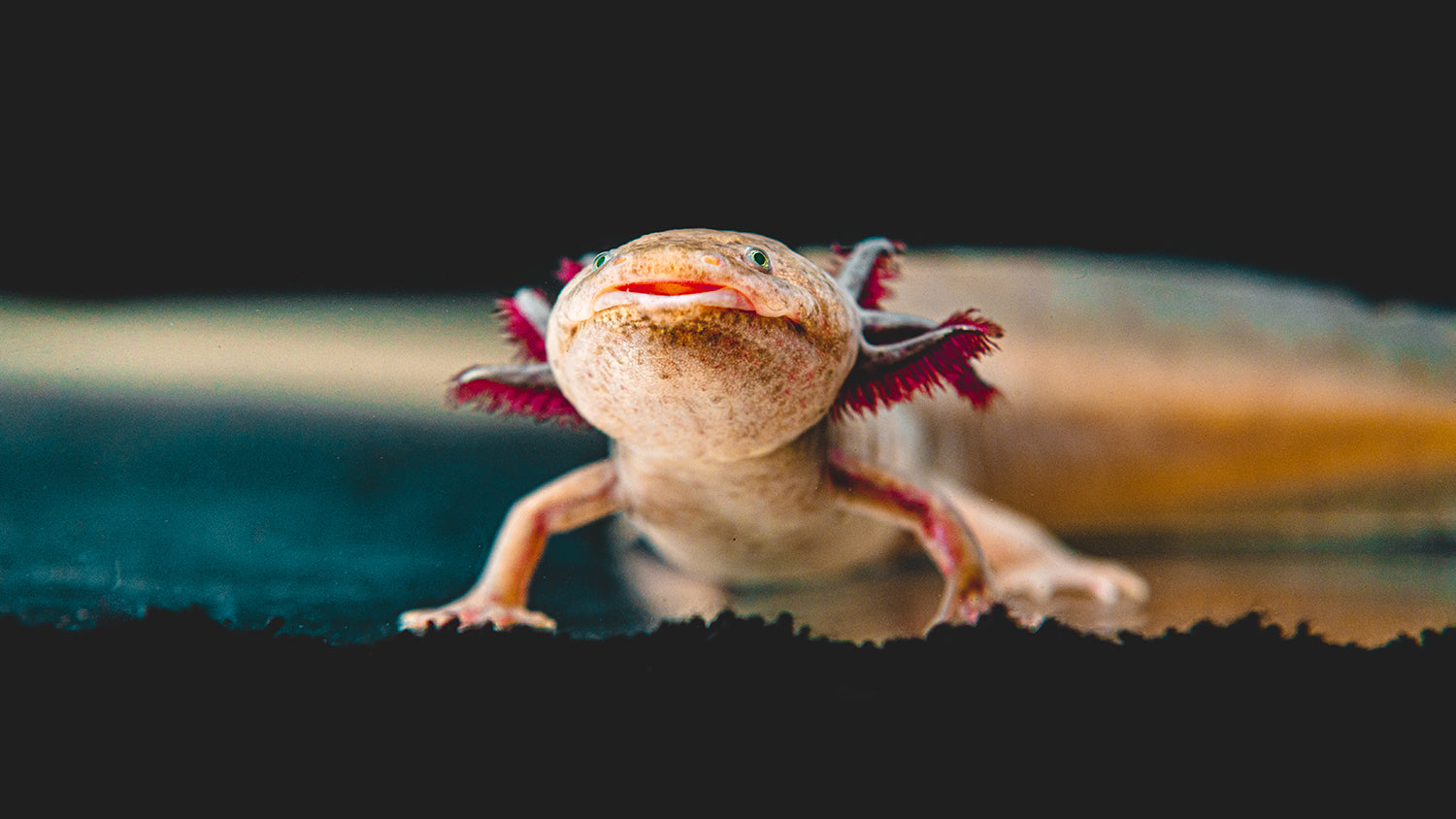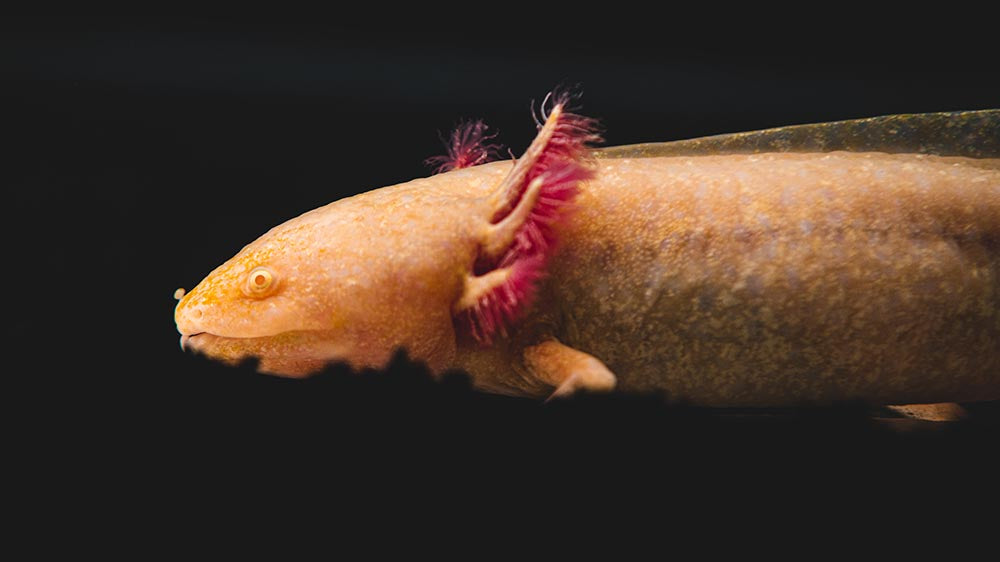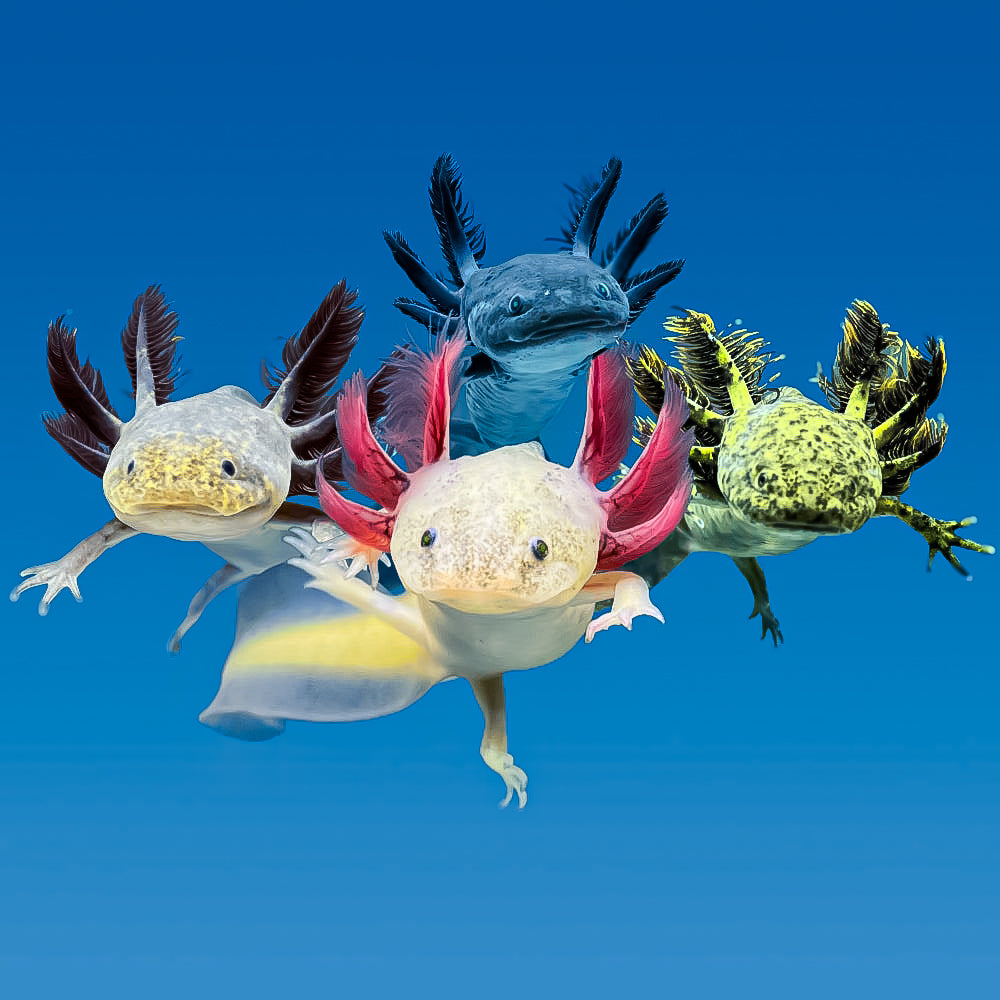Amphibians are known for their remarkable life cycles, typically involving a transition from water-bound larvae to land-dwelling adults. However, the axolotl (Ambystoma mexicanum), a unique amphibian native to Mexico, defies this norm in fascinating ways. This blog post delves into how the axolotl's life cycle and metamorphosis differ significantly from most other amphibians.
The Axolotl's Distinctive Life Cycle
Neoteny: Retaining Juvenile Characteristics
Unlike other amphibians, axolotls exhibit a phenomenon known as neoteny. This means they retain their juvenile characteristics throughout their entire life. While most amphibians undergo metamorphosis to develop lungs and adapt to a terrestrial lifestyle, axolotls remain aquatic and gilled.
Lack of Typical Metamorphosis
In a typical amphibian life cycle, such as that of a frog, the process involves drastic changes – from an egg to a tadpole, and then to a fully developed frog. Axolotls, however, bypass this traditional metamorphosis. They hatch from their eggs into a larval form, akin to tadpoles, but instead of transitioning to a terrestrial form, they mature sexually while remaining in their larval state.
Why Don't Axolotls Metamorphose?
Genetic and Environmental Factors
The reasons behind the axolotl's unique life cycle are both genetic and environmental. Genetically, axolotls lack certain thyroid hormones that are crucial for triggering metamorphosis in other amphibians. Environmentally, the stable, aquatic habitat of the axolotl in the wild does not necessitate the development of terrestrial traits.
Survival Advantage
Remaining in an aquatic environment has its advantages. The axolotl's perpetual larval state allows it to continue breathing underwater through its gills. Additionally, it can regenerate lost or damaged limbs, a trait more pronounced in their larval form than in fully metamorphosed amphibians.
Implications and Conservation
The axolotl's unique life cycle is not just a biological curiosity; it has significant implications for scientific research, particularly in regeneration and developmental biology. Unfortunately, axolotls are critically endangered in the wild, primarily due to habitat loss and pollution. Conservation efforts are crucial to preserve this remarkable species and continue the valuable insights they offer into the mysteries of evolution and development.
Conclusion
The axolotl stands out in the amphibian world due to its unique approach to life and development. By forgoing the typical metamorphosis process and retaining its juvenile features into adulthood, it presents a fascinating case study in the diversity of life cycles within the animal kingdom. Understanding the axolotl's differences not only enriches our knowledge of amphibians but also highlights the importance of preserving such extraordinary creatures.
@axolotlplanet Mission failed successfully 🥲 #axolotlplanet #axolotl #axolotls #axolotlsoftiktok #fishtank #aquarium #fishtok #fishcontent ♬ original sound - Matthew Rincon




Leave a comment
This site is protected by hCaptcha and the hCaptcha Privacy Policy and Terms of Service apply.